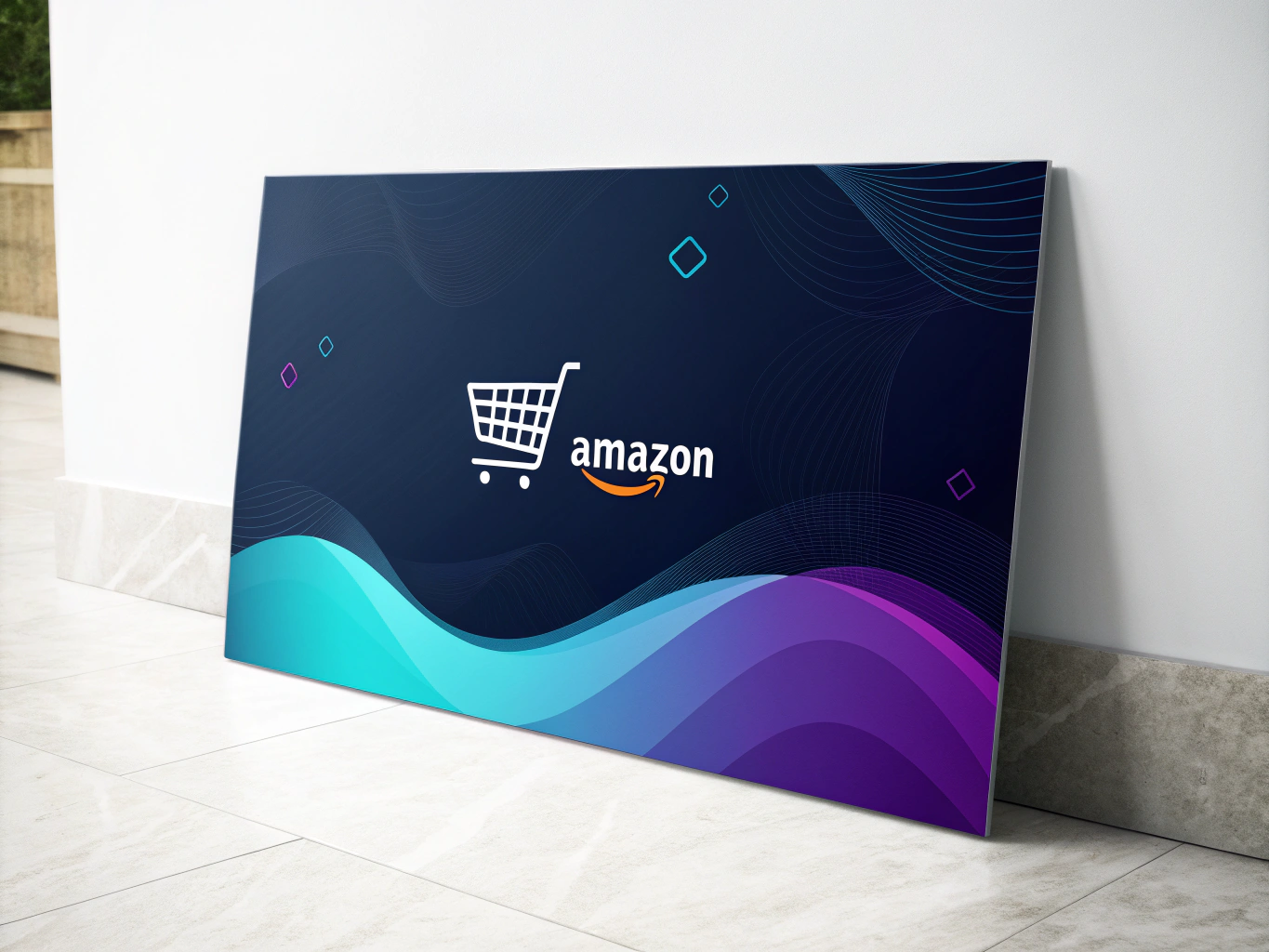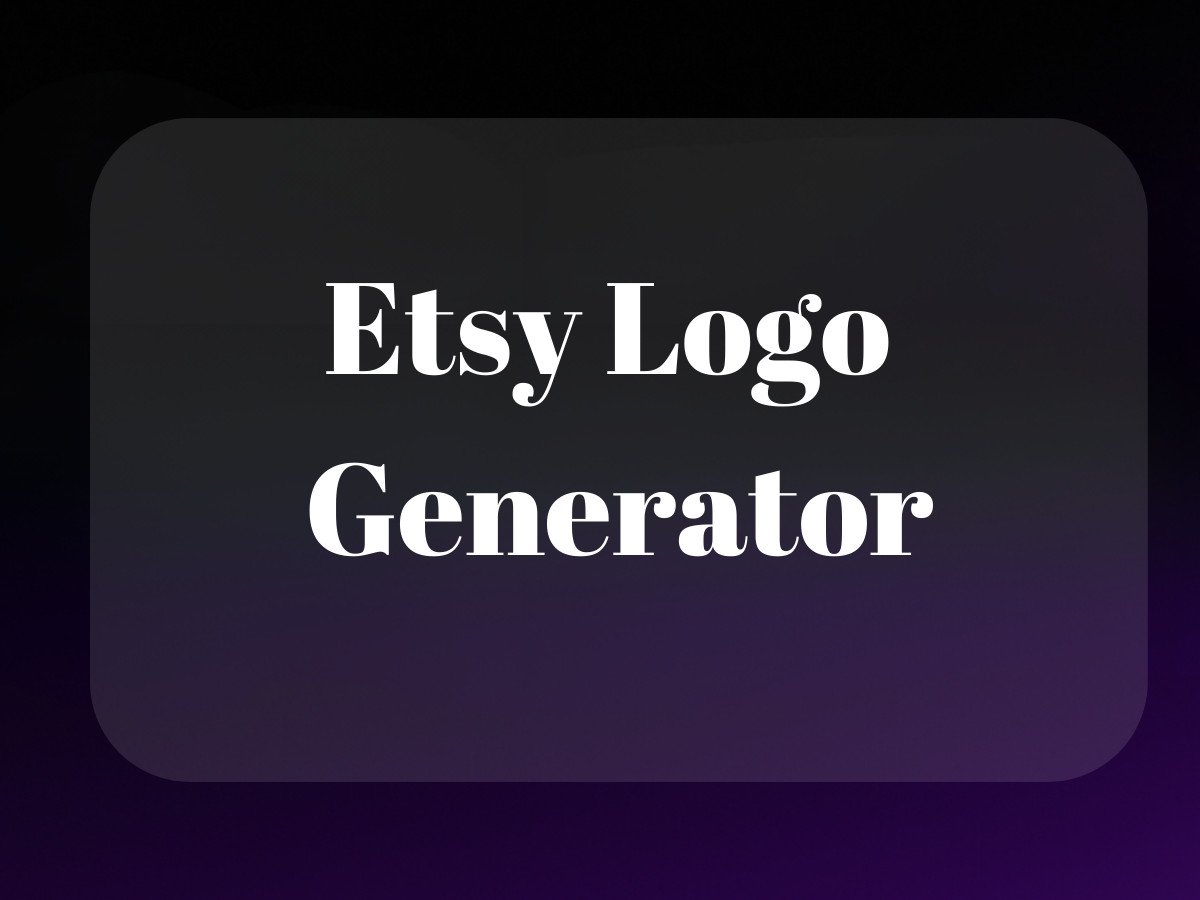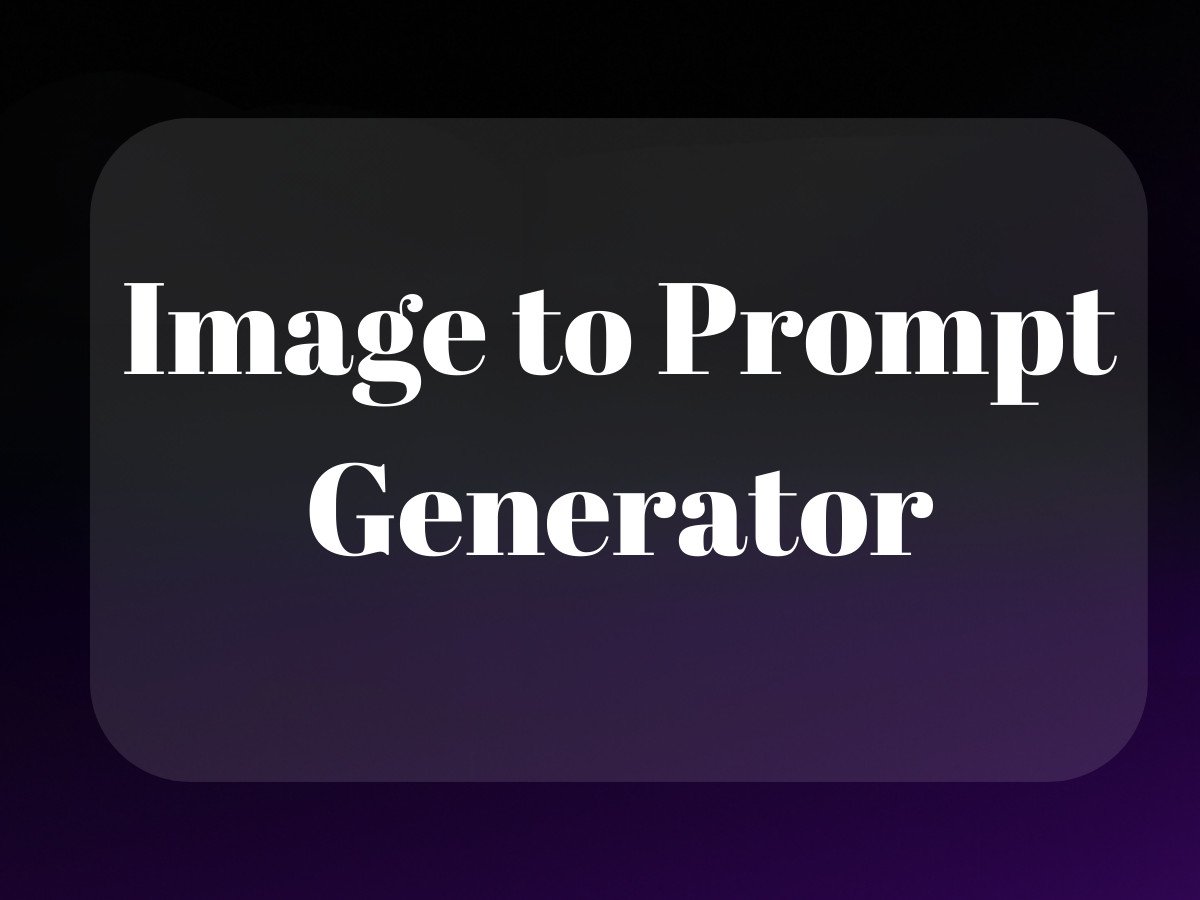Remember when Amazon was just a bookstore? Yeah, those days feel like ancient history now. These days, it’s not just about listing products anymore—it’s about creating immersive brand experiences that make customers feel like they’ve walked into your digital flagship store. And that’s exactly what Amazon Brand Stores deliver.

But here’s the thing: while everyone’s talking about setting up their Amazon storefront, most sellers are still stuck in the “list it and forget it” mindset of 2010. They’re missing out on what could be their biggest competitive advantage in the increasingly crowded Amazon marketplace.
What Makes Amazon Brand Stores Different?
Think of an Amazon Brand Store as your own mini-website within Amazon’s ecosystem. It’s like having a premium retail space in the world’s biggest shopping mall, except this mall gets over 2.5 billion monthly visits. Pretty sweet deal, right?
But it’s not just about having a prettier storefront. Amazon Brand Stores offer something incredibly valuable: a competitor-free zone. No more worrying about other sellers’ ads showing up next to your products or losing the buy box to resellers. This is your territory, and you get to make the rules.
The Real Benefits Nobody’s Talking About
Sure, everyone mentions the basics—custom URLs, branded content, product showcases. But let’s dig deeper into what really matters for brands trying to stand out in 2024:
- Complete Creative Control: You’re not just limited to standard product listings. Want to showcase your sustainable manufacturing process? Go for it. Got an amazing origin story? Tell it your way.
- Customer Journey Mapping: With store insights, you can actually see how customers navigate your brand space. It’s like having a heat map for your physical store, but better.
- Multi-Page Storytelling: Unlike regular listings, you can create an entire narrative experience. Think of it as your brand’s Netflix series—each page is an episode that draws customers deeper into your world.
Getting Started with Your Amazon Brand Store

Now, I know what you’re thinking: “This sounds great, but isn’t it complicated to set up?” Well, yes and no. The technical process isn’t rocket science, but there’s definitely some strategy involved.
The Prerequisites You Actually Need
First things first: you’ll need to enroll in Amazon Brand Registry. This used to be a major headache, but they’ve streamlined the process considerably. You’ll need:
- A registered trademark (costs around $500-$1000 including legal fees)
- Active Amazon seller account
- Manufacturing documentation or brand ownership proof
Here’s a secret most guides won’t tell you: while Brand Registry is technically required, some sellers have reported being able to create stores without it. It’s like finding a glitch in the Matrix—I wouldn’t count on it, but it shows Amazon’s systems are more flexible than they appear. For a comprehensive setup guide, check out Amazon’s Brand Store Setup Guide.
Design Elements That Actually Convert
The design phase is where most brands either shine or stumble. Think of your store as a digital storefront—every element should serve a purpose. The most effective stores I’ve seen follow a simple formula:
- Hero section that immediately communicates brand value
- Clear category navigation (think department store signage)
- Strategic product collections (not just dumping everything in one place)
- Mobile-first design (over 70% of Amazon browsing happens on phones)
But here’s what really matters: your store needs to tell a story. Not in a “once upon a time” way, but in a way that makes customers feel something. Whether it’s sustainability, luxury, innovation, or family values—your store should be the stage where your brand story comes to life. For more insights on strategy, visit Amazon Marketing Strategy.
The Technical Setup Process
Setting up your store isn’t just about following Amazon’s technical requirements (though those matter). It’s about creating a space that feels both professional and authentically yours. The basic process goes like this:
- Choose your store template (Amazon offers several)
- Design your homepage (this is your digital storefront window)
- Create category pages (think of these as your store departments)
- Add product listings (but do it strategically)
- Implement rich media (videos, lifestyle images, comparison charts)
Remember: your Amazon Brand Store isn’t just another sales channel—it’s potentially your most powerful brand-building tool on the platform. And in an era where brand trust means everything, that’s not something to take lightly.
Setting Up Your Amazon Brand Store: The Foundation for Success
Let’s be honest – creating an Amazon Brand Store feels a bit like building your own retail spaceship. You’ve got all these shiny tools and features at your disposal, but without the right navigation system, you might end up floating aimlessly in the e-commerce void.
Think of your Amazon Brand Store as your digital flagship store. Unlike your regular Amazon listing pages (which are basically like having products scattered across different mall kiosks), a Brand Store gives you an entire shopping experience to control. No competitor ads, no distractions – just your brand’s story and products, presented exactly how you want them.
The Prerequisites: Getting Your Brand Store Launch Pad Ready
Before you can blast off with your Amazon Brand Store, you’ll need to check some crucial boxes. First up is Amazon Brand Registry enrollment – think of it as your pilot’s license for the Amazon ecosystem. This typically requires a registered trademark, which can set you back $500-1000 including logo work. Yes, some sellers have reported creating stores without Brand Registry (probably through some cosmic glitch in Amazon’s matrix), but I wouldn’t bet my business on that loophole.
Design Elements That Make Your Store Stand Out
Remember when websites were just digital brochures? Your Amazon Brand Store is nothing like that. It’s an interactive showcase that needs to work harder than a barista during morning rush hour. The homepage layout is your store’s first impression – make it count with a mix of hero images, featured products, and brand storytelling elements.
Mobile optimization isn’t just important – it’s absolutely critical. Over 60% of Amazon shoppers are browsing on their phones, so if your store looks wonky on mobile, you’re essentially turning away more than half your potential customers. That’s like opening a physical store but keeping the lights off.
Advanced Store Features: Your Brand’s Secret Weapons

Here’s where things get interesting. Amazon Brand Stores come packed with features that most sellers either underutilize or completely ignore. It’s like having a Swiss Army knife but only using it to open bottles.
Content Management That Actually Works
Rich media integration isn’t just about slapping some pretty pictures on your store. It’s about creating an immersive experience that tells your brand’s story. A+ Content (formerly Enhanced Brand Content) lets you dive deep into product features with enhanced imagery and text placements. Think of it as your product’s autobiography rather than just a spec sheet.
The multi-page navigation system is your store’s floor plan. Just like you wouldn’t put the fitting rooms next to the entrance in a physical store, your digital layout needs to make logical sense. Create a flow that guides customers naturally from broad categories to specific products.
Brand Storytelling: More Than Just Pretty Words
Your brand story isn’t just background noise – it’s the soundtrack to your customer’s shopping experience. In a marketplace crowded with countless options, your origin story, values, and mission are what make customers choose you over the competition.
Customer testimonials aren’t just social proof; they’re the digital equivalent of word-of-mouth marketing. But here’s a pro tip: don’t just dump all your 5-star reviews in one place. Strategically place testimonials next to relevant products or categories where they’ll have the most impact.
Marketing Your Amazon Brand Store: Beyond “Build It and They Will Come”
The “if you build it, they will come” approach might work in baseball movies, but in e-commerce, you need a solid traffic strategy. Your Brand Store is like a high-performance engine – it needs fuel (traffic) to run.
Internal Amazon Marketing Tools
Sponsored Brands campaigns are your best friend here. They’re like digital billboards that lead directly to your store, but with better targeting and measurable results. Sponsored Display ads can retarget shoppers who’ve viewed your products, keeping your brand top-of-mind.
Amazon Posts (think Instagram for Amazon) and Amazon Live capabilities add a dynamic, social element to your presence. They’re relatively new features that many sellers haven’t caught onto yet – which means less competition and more opportunity for early adopters.
External Traffic: The Multiplier Effect
Social media integration isn’t just about posting links to your products. It’s about creating a cohesive brand presence across platforms. Your TikTok followers should feel the same brand energy when they land on your Amazon Store as they do scrolling through your feed.
Email marketing campaigns, influencer partnerships, and QR code marketing can create multiple pathways to your store. Think of them as different doors to the same house – the more entry points you create, the easier it is for customers to find their way in.
The beauty of an Amazon Brand Store is that it gives you a professional-looking destination for all these marketing efforts. Instead of sending traffic to a generic product listing, you’re inviting customers into a carefully curated brand experience. It’s the difference between meeting at a coffee shop and inviting someone to your home. For further reading on effective marketing strategies, visit Amazon’s Seller Central Help.
Advanced Growth Strategies for Your Amazon Brand Store

Let’s be real – building an Amazon Brand Store is like constructing a digital storefront in the world’s busiest shopping mall. But here’s where it gets interesting: just having a store isn’t enough anymore. You need to think bigger, bolder, and (dare I say it?) more futuristic.
Going Global: More Than Just Translation
Remember when expanding internationally meant slapping Google Translate on your content and calling it a day? Yeah, those days are long gone. Modern Amazon Brand Store expansion requires what I call the “Marvel Multiverse approach” – creating parallel universe versions of your store that feel native to each market while maintaining your core brand identity.
Here’s what most sellers get wrong: they focus on translation without considering cultural context. Your store’s narrative needs to resonate with local shoppers just as naturally as it does with your home market. This means adapting everything from color schemes (did you know red symbolizes luck in China but danger in other markets?) to product positioning.
The Future of Amazon Brand Stores
If you think today’s Amazon Brand Store features are cool, buckle up. We’re standing at the edge of what I like to call the “e-commerce singularity” – where physical and digital shopping experiences are about to collide in ways that would make Star Trek’s holodeck look primitive.
AR/VR Integration: Not Just Sci-Fi Anymore
Imagine customers virtually “trying on” your products or walking through a 3D version of your store. This isn’t some far-off fantasy – it’s already happening in pilot programs. Smart brands are preparing their stores now for these capabilities, structuring their content and assets to be “future-proof.”
AI-powered personalization is another game-changer that’s reshaping how Amazon Brand Stores function. Think of it as having a million personal shoppers, each perfectly tuned to individual customer preferences. The key is collecting and utilizing customer data ethically and effectively.
Voice Commerce: The Silent Revolution
With the rise of Alexa and other voice assistants, optimizing your store for voice search isn’t just smart – it’s essential. This means rethinking your product titles, descriptions, and categories to match how people actually talk, not just how they type.
Compliance and Best Practices That Actually Matter
Look, I could bore you with a lengthy list of Amazon’s guidelines, but instead, let’s focus on what really moves the needle. The most successful Amazon Brand Stores I’ve seen treat compliance not as a checkbox exercise but as a framework for excellence.
The Mobile-First Mandate
Here’s a truth bomb: if your store isn’t optimized for mobile, you’re essentially running a brick-and-mortar store with the lights off. Over 70% of Amazon shopping happens on mobile devices. Your store needs to look and function flawlessly on a smartphone screen – no pinching, zooming, or squinting required.
Content That Converts
The best Amazon Brand Stores tell a story that sells without feeling salesy. Think of your store as a Netflix series – each page should hook viewers and make them want to click “next.” Use A+ Content strategically, not just because you can. Make every image, video, and word count.
Strategic Planning for Long-Term Success
The most common question I get from brands is “How do I future-proof my Amazon store?” The answer isn’t about chasing every new feature or trend. It’s about building a solid foundation that can adapt to whatever comes next.
Technology Adoption Roadmap
Create a realistic timeline for implementing new technologies. Don’t try to do everything at once. Start with the basics – perfect your mobile experience, nail your A+ Content, master your analytics. Then gradually layer in more advanced features as they make sense for your brand.
Remember: your Amazon Brand Store isn’t just a sales channel – it’s potentially your most powerful brand-building tool. Treat it with the respect it deserves, and it’ll return the favor with sustained growth and customer loyalty. Visit our Amazon listing optimization tool for more insights.
Final Thoughts: The Human Touch in a Digital World
At the end of the day, success on Amazon isn’t about gaming algorithms or finding loopholes. It’s about creating genuine connections with customers through thoughtful, well-executed brand experiences. Your Amazon Brand Store is more than just a digital storefront – it’s your brand’s embassy in the world’s largest marketplace.
The future of Amazon Brand Stores is exciting, but it’s also human. As we embrace new technologies and capabilities, never lose sight of the fundamental truth: people buy from people they trust. Build that trust through your store, and the rest will follow. Explore our blog for more e-commerce tips and strategies.
Related Articles:
- How to Make an Amazon Storefront: A Beginner’s Guide
- Amazon Creator Connections: Influencer Marketing Guide
- Etsy Seller Guide: 7 Steps to Launch Your Shop Today
Frequently Asked Questions
What is Amazon brand stores?
Amazon brand stores are dedicated sections on Amazon’s platform that allow brands to showcase their products in a customized, multipage environment. These stores provide a brand-centric shopping experience where companies can tell their brand story, highlight featured products, and create a direct connection with customers through tailored content and imagery.
How do I find an Amazon brand store?
To find an Amazon brand store, you can search for the brand directly on Amazon’s website. Once on the brand’s product page, there is often a link to their brand store, usually found by clicking on the brand name near the product title. Alternatively, you can access brand stores via Amazon’s brand directory if available.
How to open a brand store on Amazon?
To open a brand store on Amazon, you need to be a registered brand owner enrolled in Amazon’s Brand Registry. Once registered, you can create your store using Amazon’s self-service Store Builder tool, which allows you to customize your store’s layout, design, and content to align with your brand’s identity.
What is Amazon business store?
An Amazon business store refers to the specialized platform on Amazon designed for business customers, known as Amazon Business. It offers features tailored for businesses such as bulk purchasing, business-only pricing, and integration with procurement systems, allowing companies to streamline their purchasing processes.
Are Amazon brand stores free?
Yes, Amazon brand stores are free to create for brands that are registered in the Amazon Brand Registry. There are no additional fees for setting up or maintaining a brand store, but brands are responsible for any content creation and marketing efforts to drive traffic to their store.
About the Author
Vijay Jacob is the founder and chief contributing writer for ProductScope AI focused on storytelling in AI and tech. You can follow him on X and LinkedIn, and ProductScope AI on X and on LinkedIn.
We’re also building a powerful AI Studio for Brands & Creators to sell smarter and faster with AI. With PS Studio you can generate AI Images, AI Videos, Chat and Automate repeat writing with AI Agents that can produce content in your voice and tone all in one place. If you sell on Amazon you can even optimize your Amazon Product Listings or get unique customer insights with PS Optimize.
🎁 Limited time Bonus: I put together an exclusive welcome gift called the “Formula,” which includes all of my free checklists (from SEO to Image Design to content creation at scale), including the top AI agents, and ways to scale your brand & content strategy today. Sign up free to get 200 PS Studio credits on us, and as a bonus, you will receive the “formula” via email as a thank you for your time.




